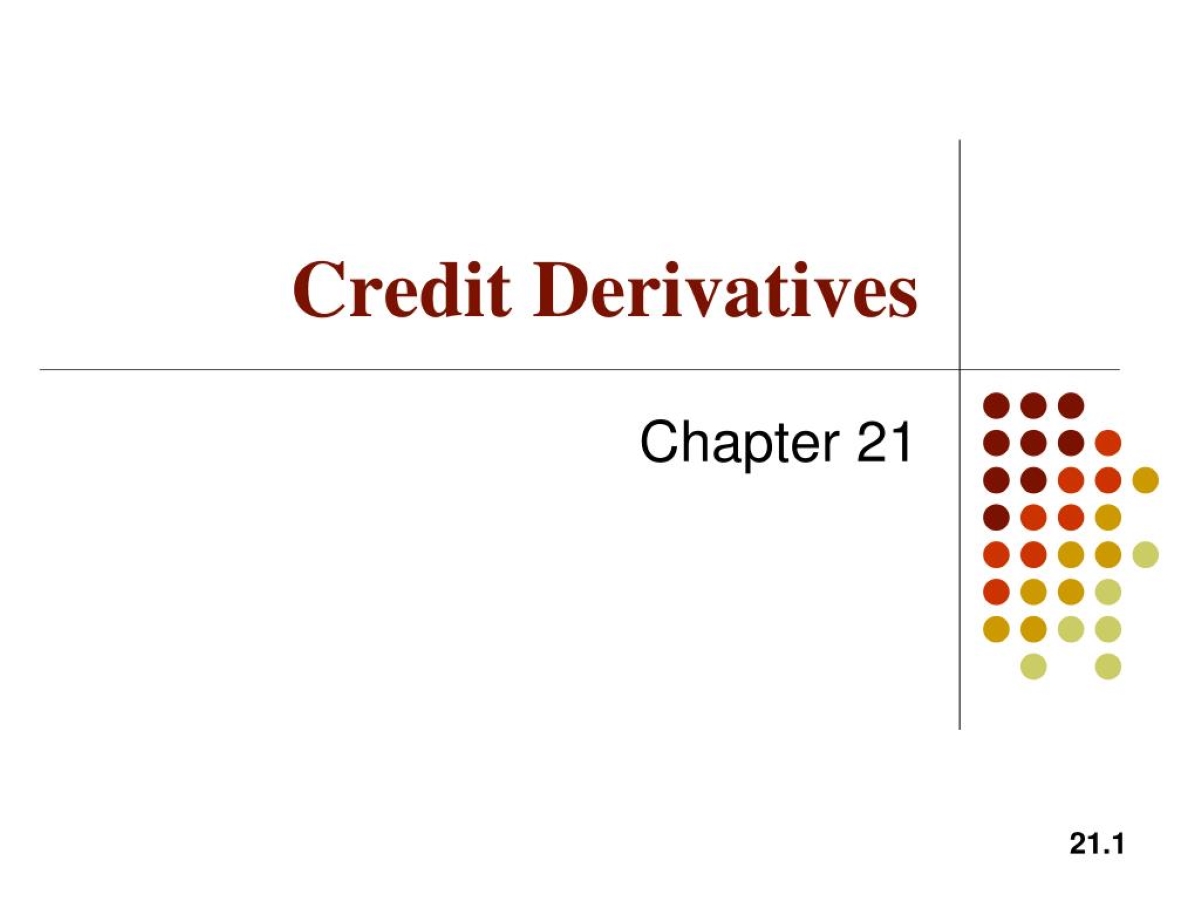Home>Finance>Options Roll Up: Definition, How It Works, And Types


Finance
Options Roll Up: Definition, How It Works, And Types
Published: January 4, 2024
Learn about finance options roll up, its definition, how it works, and the different types available. Gain valuable insights into managing your finances efficiently.
(Many of the links in this article redirect to a specific reviewed product. Your purchase of these products through affiliate links helps to generate commission for LiveWell, at no extra cost. Learn more)
Unlocking the Power of Options: Understanding Options Roll Up
Welcome to the exciting world of finance! Today, we’ll be exploring a key concept in options trading: options roll up. If you’ve been curious about how this strategy works and the different types available, you’re in the right place. In this article, we’ll break down the definition of options roll up, demystify the mechanics behind it, and explore the various types you can implement. So, grab your favorite beverage, settle in, and let’s dive into the world of options roll up!
Key Takeaways:
- Options roll up is an advanced options trading strategy that involves closing an existing position and opening a new, more advantageous one.
- This strategy allows investors to adjust their options positions to match changing market conditions or to capitalize on potential opportunities.
What is Options Roll Up?
Options roll up is a strategic move where an investor closes an existing options position and opens a new position with a higher strike price. This process aims to increase the potential profitability of the trade by adjusting the options contract to align with changing market conditions. By rolling up the strike price, investors can potentially capture larger gains if the underlying asset moves in their favor.
How Does Options Roll Up Work?
Let’s explore the mechanics of options roll up with a hypothetical example. Imagine you purchased a call option on a stock with a strike price of $50. If the stock price has been steadily increasing, reaching $55, you can choose to roll up your position to adapt to the changing market conditions. Here’s how it works:
- Closing the initial position: You would first close the existing call option position you own, realizing any gains or losses from the trade.
- Opening a new position: After closing the initial position, you would then open a new call option position with a higher strike price, such as $60, creating a potential opportunity for greater profits if the stock continues to rise.
- Monitoring the trade: As the market unfolds, you would monitor the performance of the new position and decide whether further adjustments or actions are necessary to maximize potential gains or minimize losses.
This dynamic strategy enables investors to adapt and optimize their options positions based on their market outlook, risk tolerance, and profit objectives.
Types of Options Roll Up
Options roll up can take on various forms, tailored to specific trading goals or market conditions. Here are a few common types of options roll up:
- Standard Roll Up: This type involves closing a current options position and opening a new position with a higher strike price, as explained earlier.
- Vertical Roll Up: In this variation, investors not only change the strike price but also adjust the expiration date of the options contract. This allows for more precise positioning and flexibility in response to market movements.
- Calendar Roll Up: With a calendar roll up, investors roll up their position by closing an existing options contract and opening a new one with the same strike price but an extended expiration date. This strategy is useful for capturing potential future price movements while minimizing potential losses in the short term.
These are just a few examples of the different types of options roll up strategies available. The choice depends on an investor’s trading objectives, risk tolerance, and market conditions.
Conclusion
Mastering options trading involves understanding various strategies, and options roll up is a valuable tool to have in your arsenal. By rolling up your options positions, you can adjust to changing market dynamics and potentially amplify your gains. Remember, though, that options trading carries inherent risks, and it is essential to conduct thorough research, seek advice from experts, and carefully consider your risk tolerance before engaging in any trading activities.
If you’re ready to take your options trading to the next level, consider exploring options roll up and other advanced strategies available. The world of finance is vast, and there’s always something new to learn. Happy trading!














